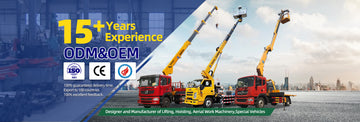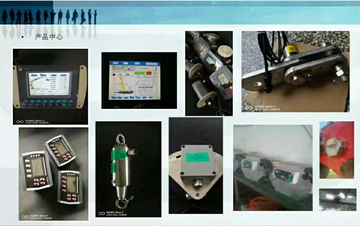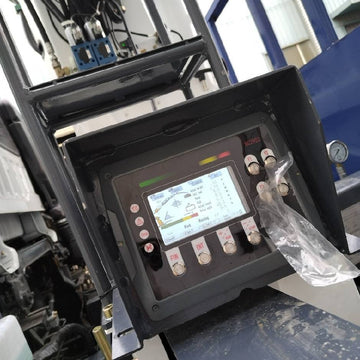
Truck cranes, also known as truck cranes, are lifting equipment installed on transport vehicles, mainly used for loading, unloading and handling of goods. The emergence of truck cranes has greatly improved transportation efficiency and operational flexibility, especially in construction sites, logistics distribution, large-scale cargo handling and other fields. The main classification methods of truck cranes can be carried out from different angles:
1. Classification by boom form:
a. Straight boom type: The boom structure adopts a single-section or multi-section straight boom design. This type of truck crane has a shorter arm length, but the lifting capacity is generally large and has strong adaptability. Straight boom truck cranes are stable when working and are suitable for use in scenes with limited vertical space.
b. Folding boom type: The boom structure adopts a bending design and can be folded to reduce space occupation during transportation. Folding boom truck cranes have a larger operating range and more flexible operability, especially for scenes that require complex operations.
2. Classification by the number of boom sections:
a. One-section boom type: The boom is a single section with a simple structure, suitable for smaller lifting weights and vertical lifting occasions.
b. Two-section boom: The boom is composed of two sections, which can achieve a larger operating range through the telescopic mechanism.
c. Multi-section boom: The boom is composed of three or more sections, which can adapt to more complex working environments and have a wider working range.
3. Classification by lifting capacity:
a. Small lifting capacity series: The lifting capacity is generally below 5 tons, suitable for small cargo loading and unloading and handling.
b. Medium lifting capacity series: The lifting capacity is between 5 tons and 20 tons, suitable for medium-sized cargo loading and unloading, and has a wide range of applications.
c. Large lifting capacity series: The lifting capacity is above 20 tons, suitable for the handling of large or heavy goods, such as concrete slabs, large mechanical equipment, etc.
4. Classification by operation method:
a. Manual operation: The operator directly manually controls the hydraulic pump and mechanical structure, the operation method is relatively simple, but the lifting capacity and efficiency are limited.
b. Wireless remote control operation: The action of the truck crane is remotely controlled by a wireless remote control, which is flexible and convenient to operate and suitable for a variety of complex working environments.
5. Classification by crane platform:
a. Flatbed truck with crane: The crane is installed on the flatbed platform to facilitate the loading and unloading of goods.
b. Dump truck with crane: In addition to the lifting function, it also has the ability to dump, suitable for occasions that require quick unloading.
6. Classification by design purpose:
a. General type: Suitable for a variety of occasions, with relatively balanced parameters such as lifting weight and lifting height, suitable for standardized operation processes.
b. Special type: Designed for specific industries or customer needs, with special functions or more optimized performance parameters.
The selection of truck cranes needs to comprehensively consider the specific needs of the operation, such as the scope of operation, lifting capacity, operation frequency, use environment, etc., in order to achieve maximum operation efficiency and economy. With the changes in market demand and the development of technology, the classification and performance of truck cranes are also constantly enriched and improved.
Теги:
Статьи по теме



